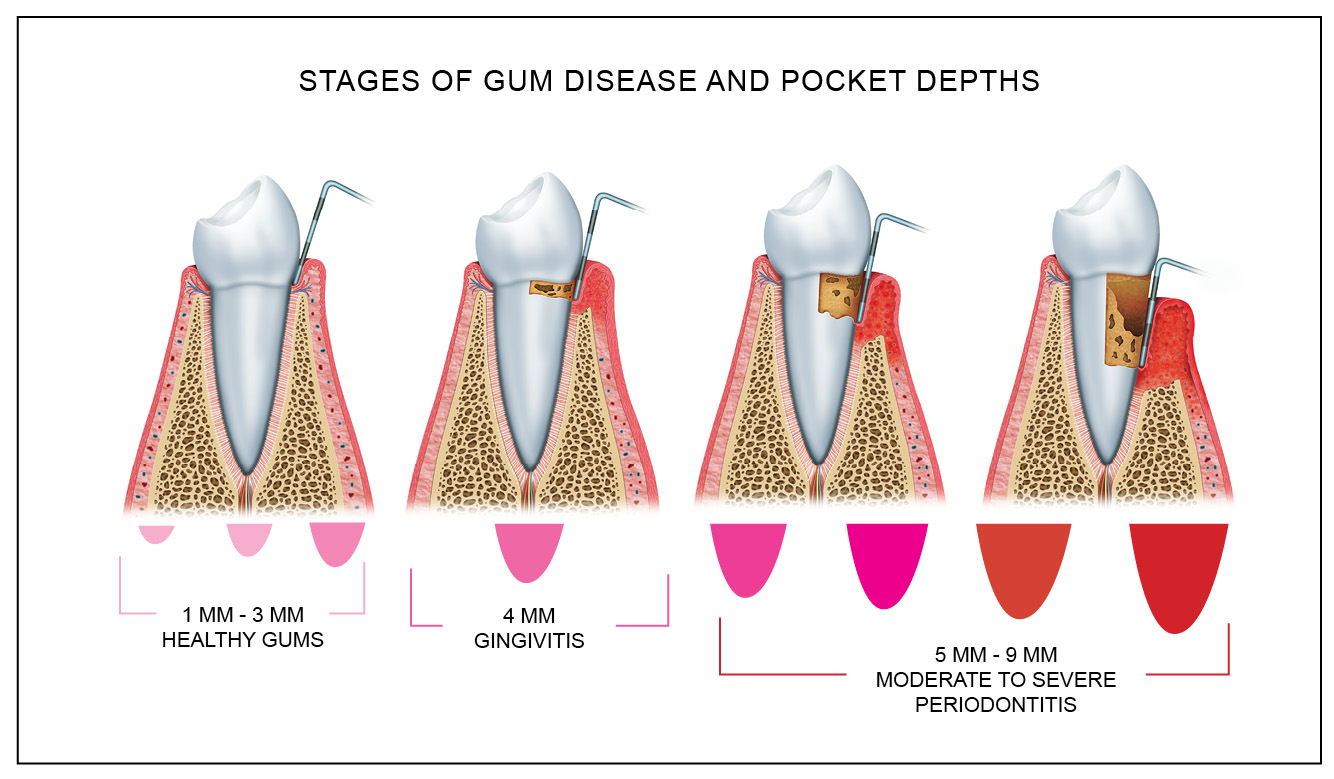
If you have been told you have periodontal (gum) disease, you’re not alone. An estimated 80 percent of American adults currently have some form of the disease. Periodontal diseases range from simple gum inflammation to serious disease that results in major damage to the soft tissue and bone that support the teeth. In the worst cases, teeth are lost.
Gum disease is a threat to your oral health. Research is also pointing to health effects of periodontal diseases that go well beyond your mouth (more about this later). Whether it is stopped, slowed or gets worse depends a great deal on how well you care for your teeth and gums every day, from this point forward.
Our mouths are full of bacteria. These bacteria, along with mucus and other particles, constantly form a sticky, colorless “plaque” on teeth. Brushing and flossing help get rid of plaque. Plaque that is not removed can harden and form bacteria-harboring “tartar” that brushing doesn’t clean. Only a professional cleaning by a dentist or dental hygienist can remove tartar.
Gingivitis
The longer plaque and tartar are on teeth, the more harmful they become. The bacteria cause inflammation of the gums that is called “gingivitis.” In gingivitis, the gums become red, swollen and can bleed easily. Gingivitis is a mild form of gum disease that can usually be reversed with daily brushing and flossing, and regular cleaning by a dentist or dental hygienist. This form of gum disease does not include any loss of bone and tissue that hold teeth in place.
Periodontitis
When gingivitis is not treated, it can advance to “periodontitis” (which means “inflammation around the tooth.”) In periodontitis, gums pull away from the teeth and form “pockets” that are infected. The body’s immune system fights the bacteria as the plaque spreads and grows below the gum line. Bacterial toxins and the body’s enzymes fighting the infection actually start to break down the bone and connective tissue that hold teeth in place. If not treated, the bones, gums, and connective tissue that support the teeth are destroyed. The teeth may eventually become loose and have to be removed.
Risk Factors:
- Smoking. Need another reason to quit smoking? Smoking is one of the most significant risk factors associated with the development of periodontitis. Additionally, smoking can lower the chances of success of some treatments
- Hormonal changes in girls/women. These changes can make gums more sensitive and make it easier for gingivitis to develop
- Diabetes. People with diabetes are at higher risk for developing infections, including periodontal disease
- Stress. Research shows that stress can make it more difficult for our bodies to fight infection, including periodontal disease
- Medications. Some drugs, such as antidepressants and some heart medicines, can affect oral health because they lessen the flow of saliva. (Saliva has a protective effect on teeth and gums.)
- Genetic susceptibility. Some people are more prone to severe periodontal disease than others
There are many options in treating periodontal “gum” disease. We invite you to explore our website for informative and up to date treatment options. If you have any questions or wish to schedule an appointment with our office, please contact us, we will be glad to help!


